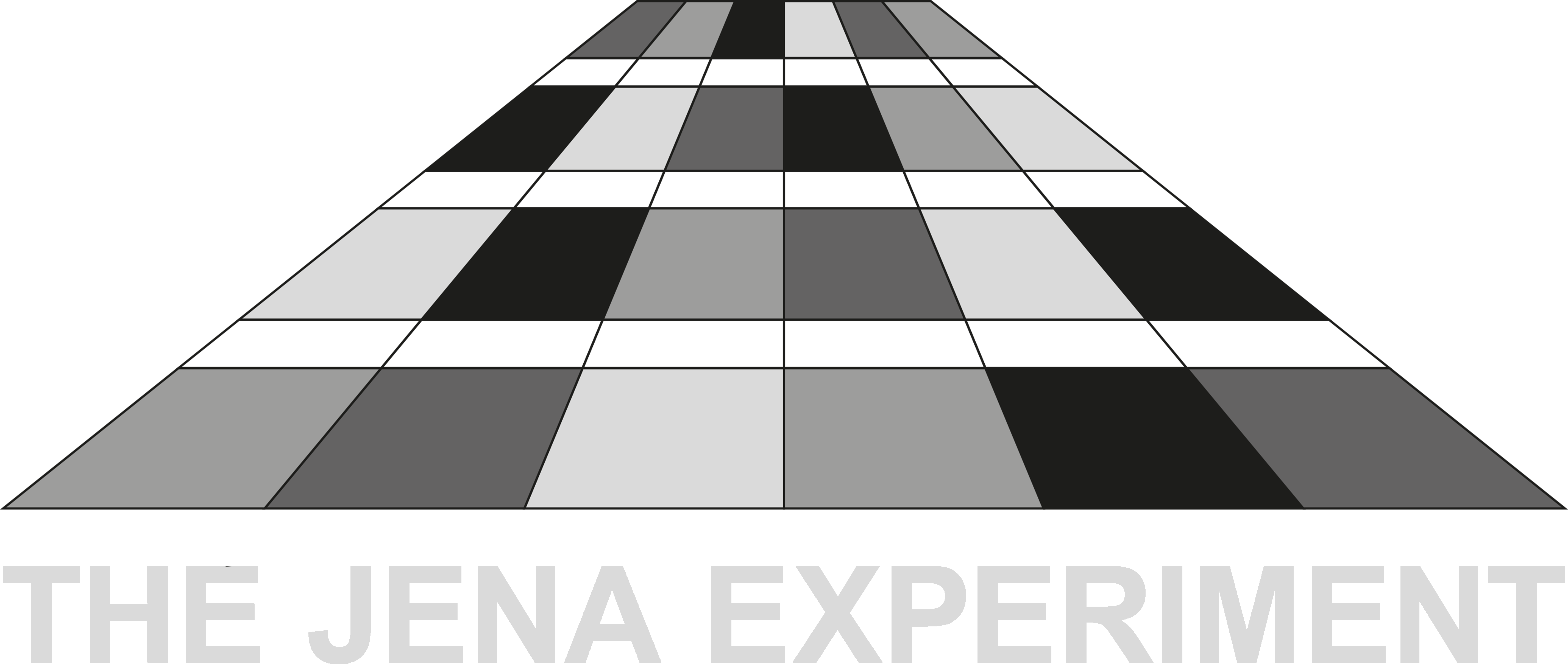Main Experiment
The Main Experiment was set up in spring 2002, to study the interactions between plant diversity and ecosystem processes, focusing on element cycling and trophic interactions (Roscher et al 2004, Weisser et al 2017).

Based on a large species pool of 60 plant species of a typical grassland plant community of the region (Arrhenatherion), mixtures of one to 16 species comprising one to four plant functional groups were established on 82 plots (20 m × 20 m; 400 m²) with nested experiments. Plant species were assigned to plant functional groups based on morphological, phenological, and physiological traits, resulting in 16 grasses, 12 small herbs, 20 tall herbs, and 12 legume species. To separate the effect of increasing plant species richness from the effect of increasing functional group richness, both variables were varied as independently as possible in the species mixtures (Figure 1). All possible combinations of species richness x number of functional groups are replicated four times, exceptions being the 16-species mixtures comprising species of one functional group, which are not feasible for the legumes and the small herbs (Table 1). Moreover, for monocultures and 2-species mixtures, it is not possible to set up communities with more than one and two plant functional groups, respectively (Table 1, Figure 1).

Following a gradient in soil characteristics, the experiment was set up in four blocks containing an equal number of plots to avoid confounding of experimental effects with soil heterogeneity. Each block contains four plots of each of the five species richness levels, covering the whole range of number of functional groups. Assignment of species and replications of the same combination of species richness and number of functional groups to blocks and their location within these blocks was random. Bare-ground plots and mixtures of the whole species pool (60 species) were established as control plots in each experimental block. Plots allowing unmanaged succession of spontaneous vegetation and succession plots managed by mowing were set up and replicated once. Additionaly, an agriculture plot with cultivated crops, a „C4 plot“ with C4 plants and plots with naturally grown meadow adjacent to the field site were established and replicated once. In 2009, the plot size was reduced to 100 m2, and two of the monocultures were abandoned due to poor cover of the target species. All plots are mown and weeded twice per year.
